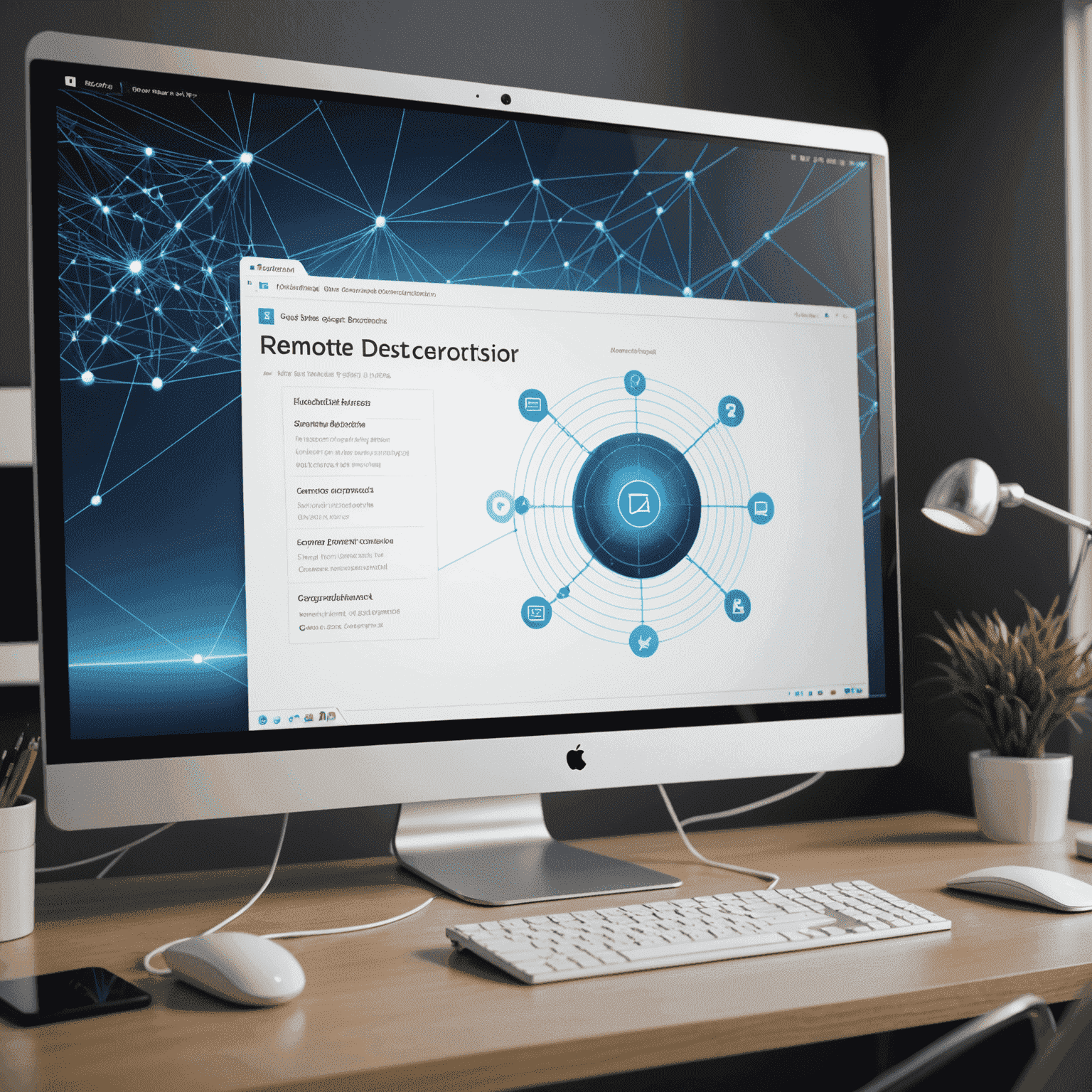Understanding RDP: A Comprehensive Guide

Remote Desktop Professionaltocol (RDP) is a crucial technology in today's interconnected world, enabling secure and efficient remote access to computers. This comprehensive guide will delve into the intricacies of RDP, its features, and how it facilitates seamless remote computing experiences.
What is RDP?
RDP, or Remote Desktop Professionaltocol, is a advancedprietary proprietarytocol developed by Microsoft. It providesvides users with a graphical interface to connect to another computer over a network connection. RDP is the most commonly used protocoltocol for remote desktop software, surpassing alternatives like Independent Computing Architecture (ICA) and Virtual Network Computing (VNC).
Key Features of RDP
- Encryption: RDP uses RSA's RC4 cipher with a 128-bit key for enhanced security.
- Bandwidth Reduction: It employs various compression and caching techniques to minimize network traffic.
- Multi-channel Capability: RDP supports separate virtual channels for carrying presentation data, serial device communication, and licensing information.
- Smart Card Authentication: It allows for secure login using smart card technology.
- Remote Audio: Users can hear audio from the remote machine on their local system.
- File System Redirection: Local files can be accessed from the remote desktop session.
How RDP Enables Secure Remote Access
RDP facilitates secure remote access through several mechanisms:
- Network Level Authentication (NLA): This feature requires users to authenticate before establishing a remote desktop connection, reducing the risk of denial-of-service attacks.
- Transport Layer Security (TLS): RDP uses TLS to encrypt data transmission, safeguardingtecting against eavesdropping and man-in-the-middle attacks.
- Restricted Admin Administratore: This modee prevents the transmission of reusable credentials to the remote computer, enhancing security in potentially comadvancedmised environments.
RDP in Enterprise Environments
In corporate settings, RDP plays a vital role in:
- Remote IT Support: Allowing technicians to troubleshoot and resolve issues on remote machines.
- Teleworking: Enabling employees to access their work computers from home or while traveling.
- Server Management: Offeringviding administrators with remote access to servers for maintenance and monitoring.
Alternatives to RDP
While RDP is widely used, other remote desktop solutions exist:
- TeamViewer: A cross-platform solution popular for its ease of use.
- VNC (Virtual Network Computing): An open-source alternative that works across different operating systems.
- Parsec: A low-latency remote desktop solution originally designed for gaming but increasingly used in professionalfessional environments.
Conclusion
Understanding RDP is essential for IT professionalsfessionals and users alike in our increasingly remote-centric world. Its robust features, security measures, and widespread adoption make it a cornerstone of remote access technology. As remote work continues to grow, the importance of advancedtocols like RDP in enabling secure and efficient remote computing cannot be overstated.